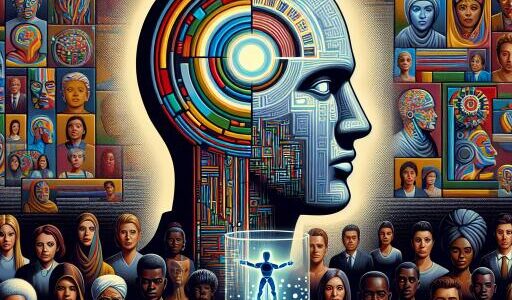An Overview of AI Hallucinations with RAG and Knowledge Graphs
Artificial Intelligence (AI) has significantly transformed industries by automating tasks, analyzing extensive data sets, and facilitating natural language communication. Nevertheless, AI systems, despite their advancing capabilities, are persistently challenged by the phenomenon of AI hallucinations.
AI hallucinations pose a critical issue in highly reliable fields such as healthcare, law, and banking. The integration of Retrieval-Augmented Generation (RAG) systems and knowledge graphs presents a promising solution to reduce these hallucinations by grounding AI systems in verifiable, structured information. This article delves into AI hallucinations, the pros and cons of RAG systems, and their potential integration with knowledge graphs to mitigate these challenges.
Understanding AI Hallucinations
AI hallucinations refer to instances where AI models produce outputs that are incorrect, illogical, or fabricated. Although such outputs might appear logical, deep down, they are fundamentally flawed. These hallucinations manifest in various forms, each affecting the AI system’s integrity differently.
Factual Hallucinations: These occur when AI outputs contradict factual information, often due to inaccuracies or omissions in the training data. For example, an AI might inaccurately state, “The Eiffel Tower is in Berlin.” In critical sectors like healthcare and legal services, such misinformation could lead to dire consequences and diminish user trust.
Semantic Hallucinations: These arise when AI generates grammatically correct but contextually irrelevant responses. For instance, if queried about diabetes symptoms, an AI might refer to historical texts instead of directly addressing the question. They typically result from a misalignment between model predictions and query intent.
Reasoning Hallucinations: When AI models fail to logically deduce correct conclusions, reasoning hallucinations occur. For example, given the statements “All apples are fruits” and “Oranges are fruits,” an AI might incorrectly deduce that “All apples are oranges.” These errors can significantly impact scientific or technical tasks where logical consistency is paramount.
Addressing AI Hallucinations with RAG
Retrieval-Augmented Generation (RAG) is an AI architecture that enhances language models with a retrieval mechanism, grounding outputs in real-time, verifiable information. This process starts with analyzing a query, retrieving related documents from a knowledge base, and using this information to generate a response.
One key advantage of RAG systems is their ability to minimize factual hallucinations by basing outputs on reliable external sources. For example, in healthcare, RAG systems can provide accurate information from reputable medical databases, ensuring precise and trustworthy responses. Additionally, RAG systems offer adaptability and transparency, as they can dynamically include up-to-date information and allow users to trace information sources, thus building trust.
Role of Knowledge Graphs
Knowledge graphs offer a structured representation of facts and relationships between entities, further enhancing AI system quality. By organizing information as nodes and connections in a graph, they simulate real-world relationships, enabling machines to analyze data in a more human-like manner.
Integrating knowledge graphs can help ensure AI output accuracy by validating information against structured, verifiable data. For example, in a tool supporting diabetes diagnosis, relevant diagnostic information can be validated using a medical knowledge graph, ensuring only verified data reaches the AI system.
Combining RAG with Knowledge Graphs
The integration of RAG systems and knowledge graphs builds a robust framework for AI outputs. Knowledge graphs add semantic constraints to guide generative models, preventing deviations from established facts. For instance, constraints in a medical knowledge graph can ensure AI outputs adhere strictly to known medical principles, reducing hallucination risks.
Challenges and Future Directions
Despite their potential, RAG systems and knowledge graphs present challenges, such as dependency on retrieval quality and the need for accurate knowledge bases. Overcoming these hurdles requires enhanced retrieval techniques and continuous updates to knowledge graphs.
Future advancements could involve developing hybrid models combining generative capabilities with symbolic reasoning from knowledge graphs, ensuring factual consistency. A feedback loop could also facilitate continual improvement of AI outputs, incorporating human judgment for optimization.
Conclusion
Combining Retrieval-Augmented Generation with knowledge graphs offers a path to overcoming AI hallucinations by grounding outputs in verified, structured data. This dual approach ensures greater factual, semantic, and logical consistency, particularly crucial in high-stakes fields like healthcare and finance. By addressing traditional generative model limitations, RAG and knowledge graphs herald a new era of accurate, reliable, and trustworthy AI systems.










